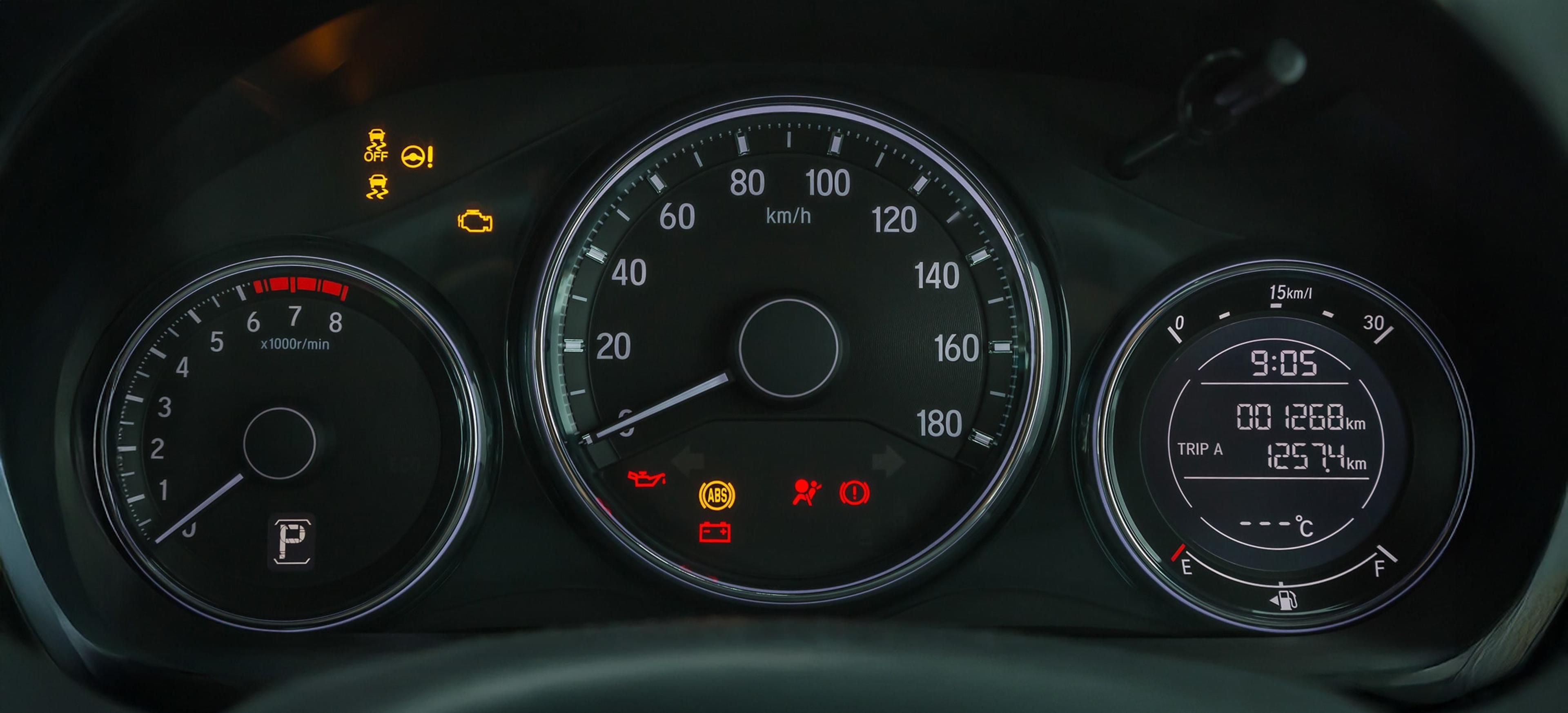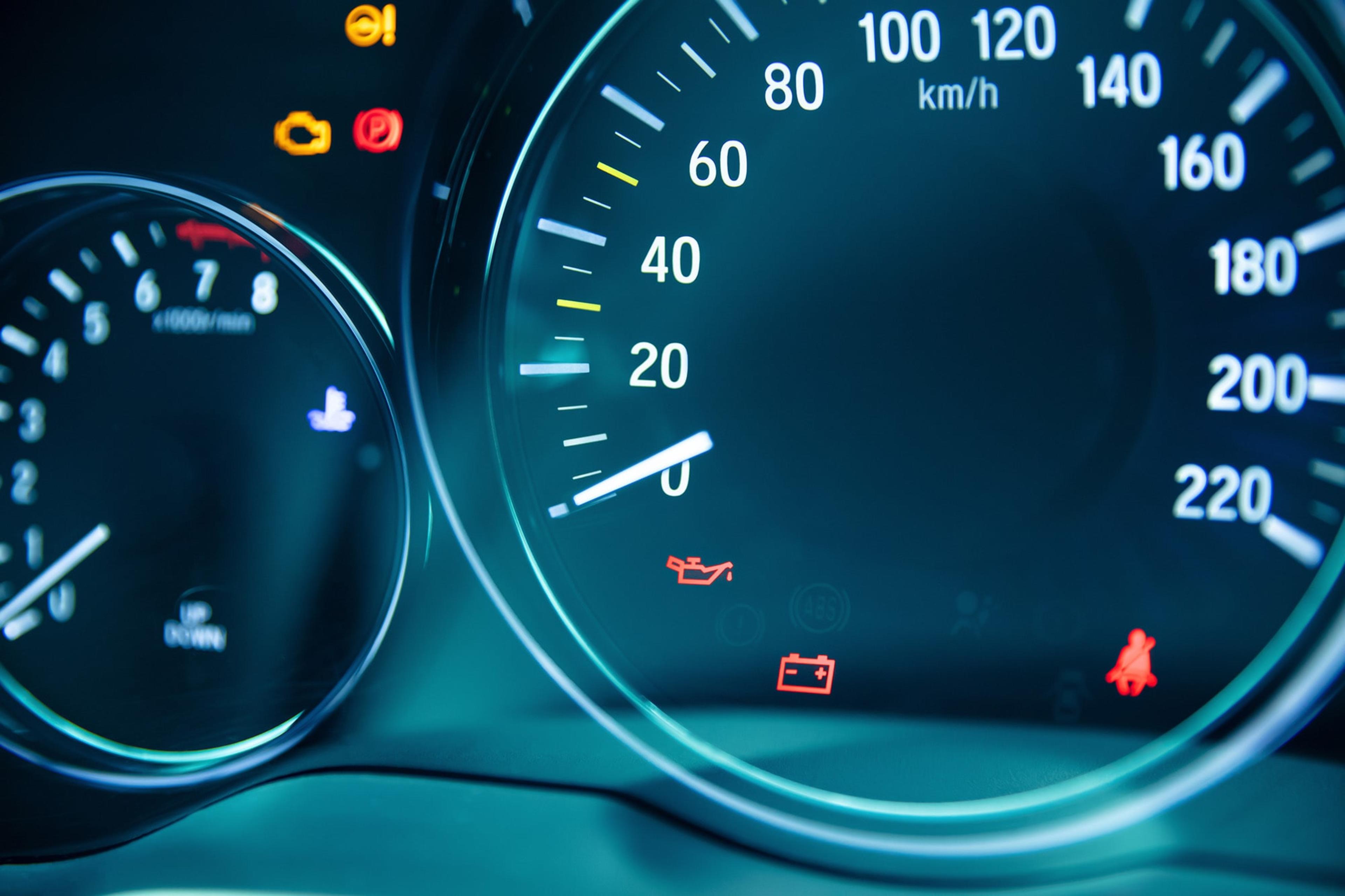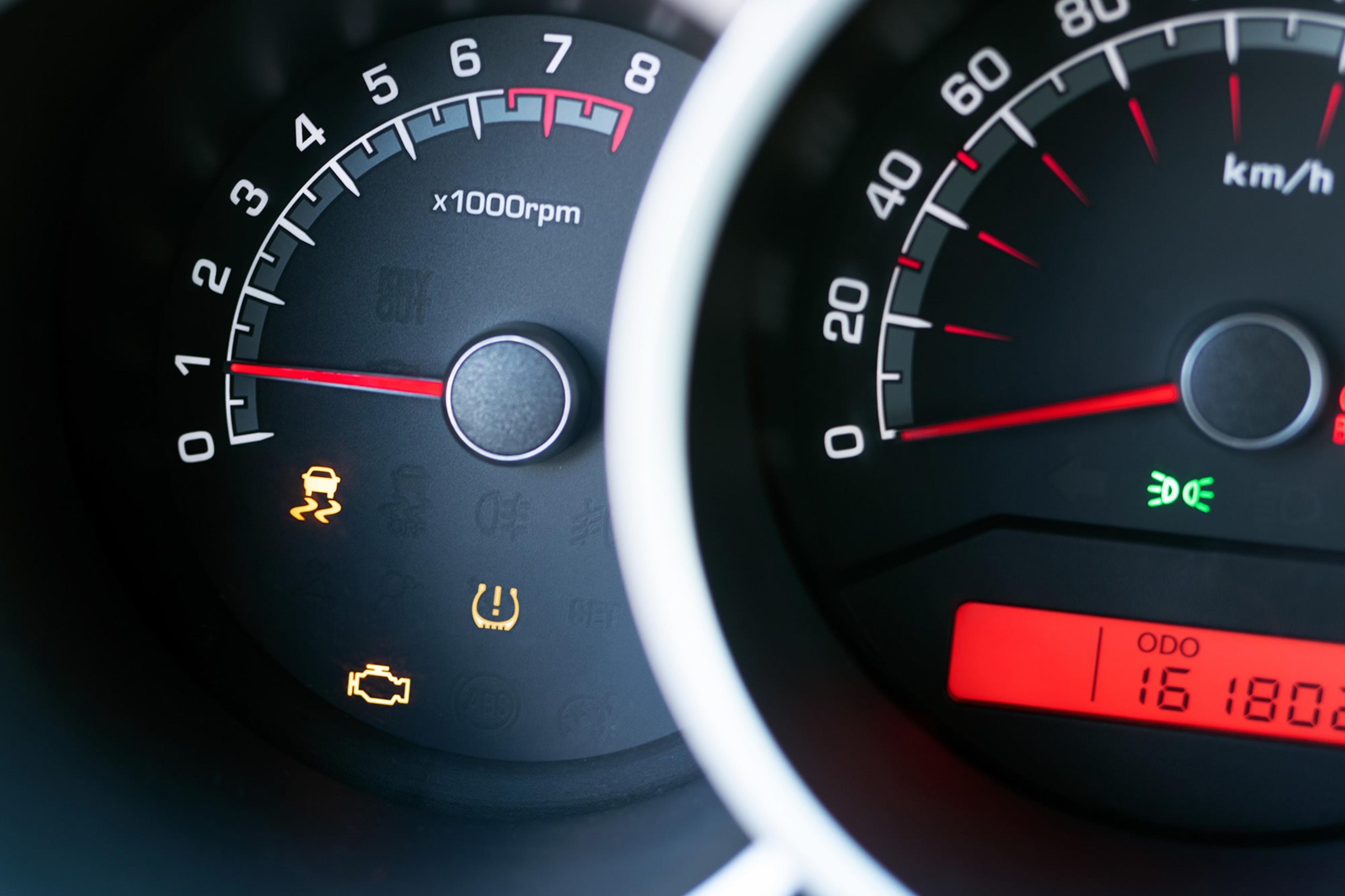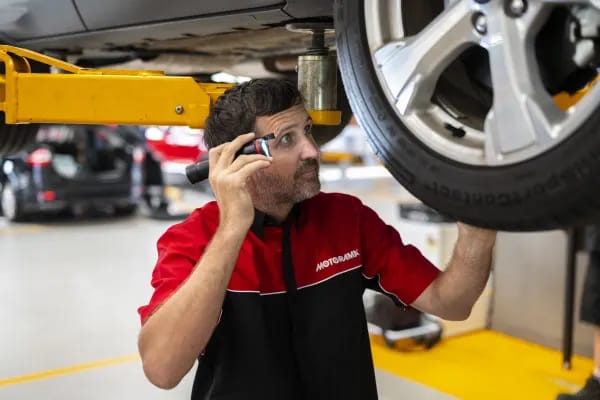
Vehicle Warning Signs You Shouldn't Ignore
Posted in Servicing Insights
Vehicle Warning Signs You Shouldn't Ignore
Let's be honest - most of us don't think about car trouble until something actually goes wrong. But waiting for your next scheduled service to sort things out? That can land you in real strife.
Your car usually gives you a few clues when something's off. Spotting those early signs can help you avoid a breakdown, or worse, a dangerous situation on the road.
Here are the warning signs you should never brush off:

Dashboard Lights
Your dashboard is more than just a light show. It's how your car tells you something's up.
- Red light: Stop straight away-something serious could be wrong.
- Orange/yellow: It's a heads-up that something needs attention soon.
- Green or blue: That's usually just your car saying, "Yep, I'm on."
If a light pops up and you're not sure what it means, have a quick look at your manual or drop by your local Motorama Service Centre.

Tyre Pressure
Got a flat-looking tyre or that little horseshoe-shaped light with an exclamation mark? Your tyre pressure's probably low - and that affects how your car handles, especially in cooler weather.
Signs to watch for:
- Steering feels a bit off or loose
- Longer stopping distance
- Your car feels heavier or slower to respond
If it's safe to drive, head to the nearest servo and check your pressure. If it looks like the tyre's going flat fast, pull over and call for help.

Brake Warning Light
This one's not to mess with. You might see:
- The word BRAKE
- A circle with an exclamation mark and brackets
It could just be the handbrake still on (easy fix), but it might also mean your brake fluid's low - or worse, that your brakes are failing. If it's not the handbrake, don't drive it. Get it checked ASAP.

Master Warning Light
This one looks like a triangle with an exclamation mark. Bit dramatic, but not always bad.
- Red: Usually comes with a message like "low oil pressure"- take it seriously.
- Yellow: Could be a general system warning or an issue with stability control.
If you're not sure, play it safe and have someone take a look.

Something Smells Off
Cars shouldn't smell weird. If you catch a strong whiff of petrol, it might just be from filling up - but it could also mean a fuel leak.
What to do:
- Pull over
- Check your clothes and the fuel cap
- If the smell sticks around, don't risk it-call a tow and avoid any flames or sparks
Same goes for burning smells or anything chemical. That's your cue to stop driving and get help.
Trust Your Gut - And Get It Checked
If something feels, smells, or sounds wrong, it probably is. And ignoring it could leave you stranded - or worse.
If you're ever unsure, give us a ring or swing by one of our Motorama Service Centres. We're here to help keep you safe on the road.



